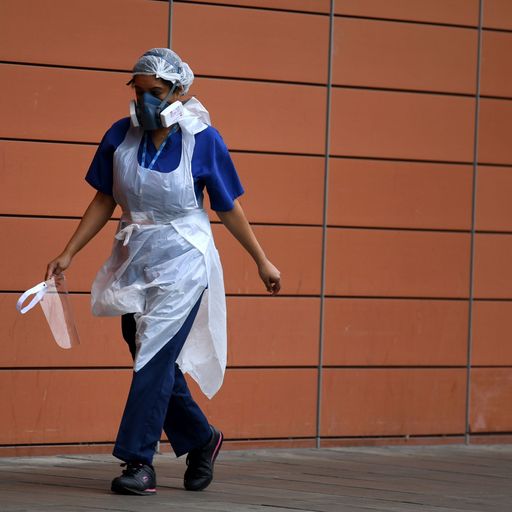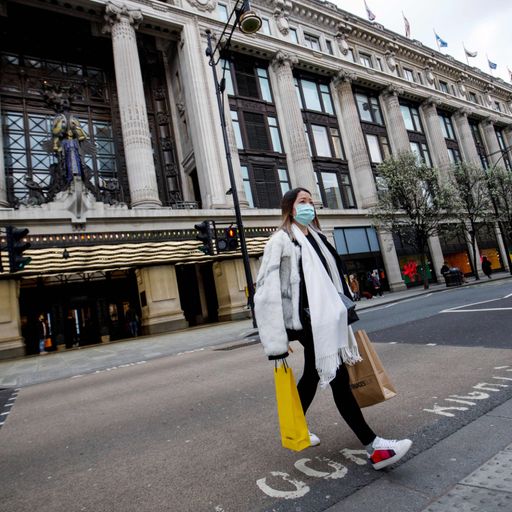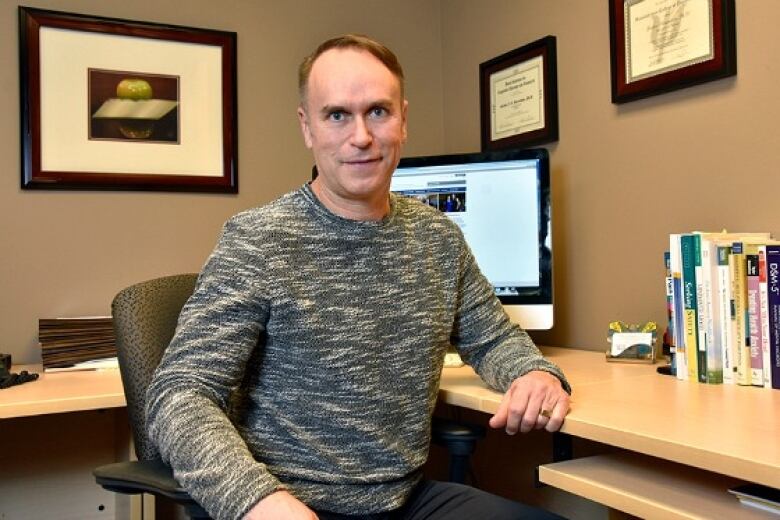Inequities in COVID-19 are tragic but preventable
BY ELAINE HERNANDEZ, COURTNEY BOEN AND RICHARD M. CARPIANO,
OPINION CONTRIBUTORS — 04/23/20
THE VIEWS EXPRESSED BY CONTRIBUTORS ARE THEIR OWN AND NOT THE VIEW OF THE HILL

© Getty Images
We’re told that pandemics are “great equalizers,” impacting rich and poor alike. Yet black, Hispanic, and lower income individuals are dying from COVID-19 at disproportionately high rates.
For those of us who study health inequities, this tragic news is unsurprising. It is rooted in policies and practices that reinforce racial, ethnic and class inequalities. These factors predate the pandemic, but also put people at greater risk of COVID-19.
Failing to act is counter to extensive research that demonstrates how policies can narrow health inequities. Paid sick leave polices have an equalizing effect and reduce disease spread. Economic policies like the Earned Income Tax Credit and minimum wage increases can improve public health and reduce risk of death from multiple causes. Uniform health screening and treatment protocols improve patient outcomes and minimize health inequalities. Even initiatives like mandatory seat belt laws and smoking bans can reduce inequities in health risks.
The question is whether we have the will to use this knowledge and act. Here are approaches to address underlying social and economic conditions that put communities at health risk from COVID-19 and other causes.
Establish Worker ProtectionsTo prevent infection spread, we need worker protections (including paid sick leave and livable wage laws) for all. These are especially important for our most vulnerable essential workers, including grocery, warehouse, and care workers.
People in unstable jobs and without access to paid sick days face increased risk of poor health, both from chronic disease and COVID-19. Black, Hispanic, and low-income individuals are more likely to hold such jobs compared to white and higher income persons. Stable, living wage jobs afford people the resources they need to meet basic health needs, and paid sick leave allows workers to care for themselves and others without worry of losing their income or job.
Deploy Uniform Testing Protocols
We need uniform infection and antibody testing, regardless of race, income, or insurance status. Community and drive-through testing sites are disproportionately located in high-income, white areas, despite higher infection risk in poor and predominately black and Hispanic neighborhoods. And patients with COVID-19 symptoms are less likely to be tested if they are black.
These patterns mirror prior evidence. For example, educational and income disparities in screening rates emerged when mammograms for cancer became available. And when being treated for pain, providers are less likely to prescribe pain medications to black versus white patients.
Equalize Access to Health Care
We must ensure equitable access to health care and reduce administrative burdens for people to enroll. Concerns about acquiring COVID-19 and incurring costs may mean many avoid seeking care for ongoing or new health problems.
Health care systems should also share treatment protocols—including telemedicine and innovative clinical care models—to lessen the burden on providers to reinvent the wheel, while also reducing bias and expanding access to quality care.
And within hospitals and clinics, because black, Latino, and low-income individuals are more likely to be in poor health prior to COVID-19 infection, we need carefully-designed protocols that avoid exacerbating inequities in survival.

Provide Social and Economic Stability
Economic security is critical for health. Federal and state economic relief policies must equitably address inequalities in social and economic conditions that shaped health risks long before the pandemic.
Consider that unsafe and substandard housing affect residents’ chronic disease risk and ability to socially distance safely. Black, Hispanic, and lower income individuals are more likely to live in such places.
Meanwhile, discrimination and other daily stressors increase chances for heart disease, an important risk factor for COVID-19 death. Black, Hispanic, and lower income persons have especially high stress levels. These examples show how inequities in social and economic conditions due to racism and other inequalities shape risk for COVID-19 and related complications.
COVID-19 may be new, but the inequities it produces are not. If we want to alter recurring patterns—for COVID-19 and other health issues—we must address the social and economic conditions that put people at risk of health risks.
A pandemic reminds us that our lives—and fates—are interconnected. It also spotlights existing inequalities that unfairly leave the most vulnerable bearing the greatest economic and human loss. It’s time to decide what we’re willing to do to change that.
Elaine Hernandez (PhD, MPH) is an Assistant Professor of sociology at Indiana University-Bloomington. She examines how health inequalities emerge and persist across generations, as well as policy approaches to ameliorate them.
Courtney Boen (PhD, MPH) is an Assistant Professor of sociology and demography at the University of Pennsylvania. Her research examines the patterns and drivers of racial and social class inequalities in population health. She previously worked in public health policy at the state and local levels.
Richard M. Carpiano (PhD, MPH) is Professor of Public Policy and Sociology at the University of California, Riverside. His research focuses on social, economic, community, and policy factors that impact health and health disparities.














 I
I


